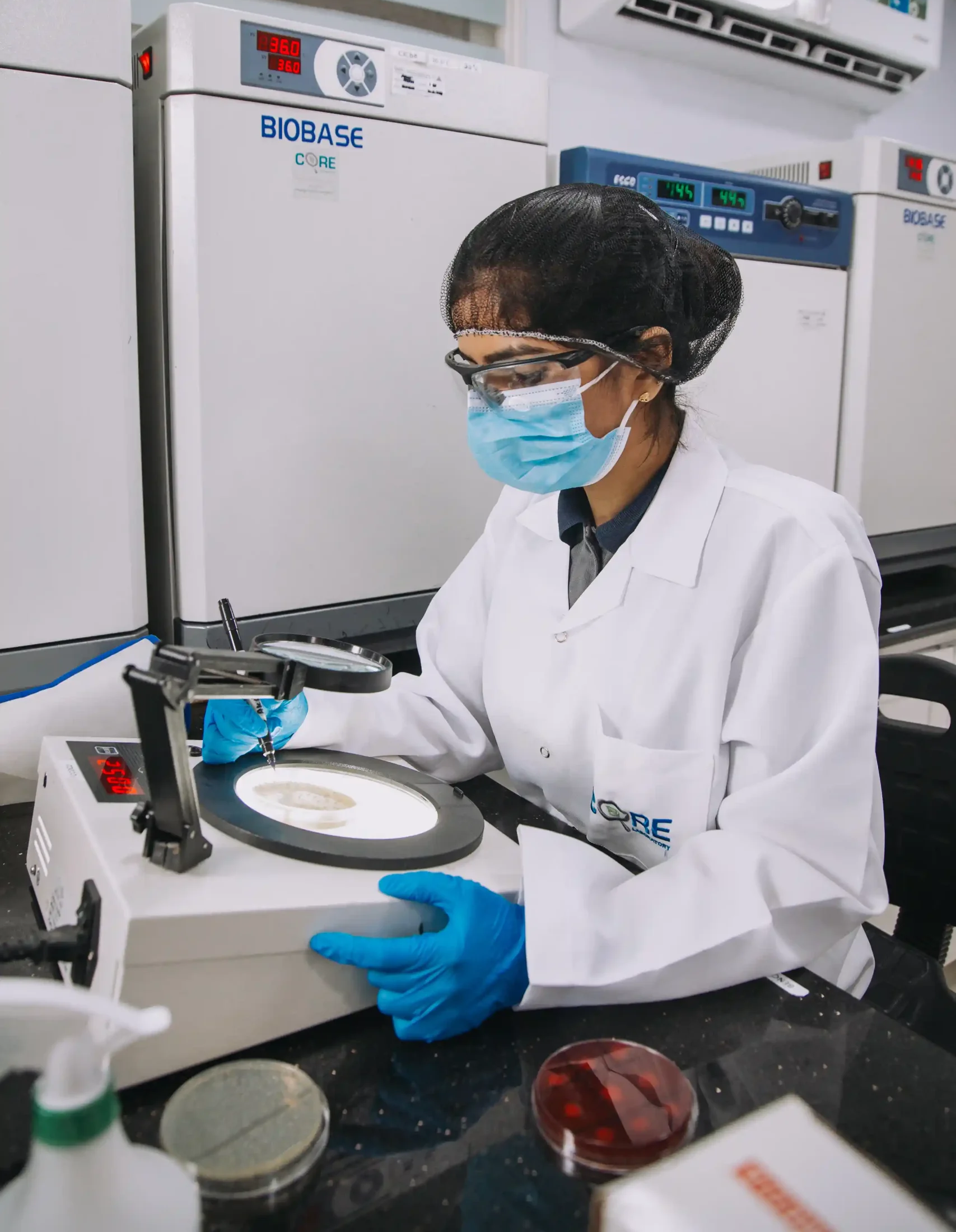
FOOD MICROBIOLOGY - SHELF LIFE
Food microbiology tests for shelf life involve evaluating the microbial stability of a food product over time to determine its safe and effective shelf life. Here are the main steps and considerations involved in this type of testing:
- Sample Preparation – collect samples that represent the batch or lot of the food product and to conduct baseline microbiological test to determine the initial microbial load.
- Storage Conditions – stored the samples under conditions that mimic those of typical storage refrigeration or room temperature, sometimes test is also done under stress conditions.
- Periodic Testing – test the samples at regular intervals throughout the anticipated shelf life, weekly, bi-weekly, monthly. Microbial count perform test to quantify total variable counts, yeast and Molds and specific spoilage organism. Test for the presence of pathogens such as Salmonella, Listeria and E. coli especially if the food has a long shelf life or ready to eat.
- Chemical and Sensory Analysis – measure the pH, moisture content, water activity and other factor that influence microbial growth, sensory evaluation for changes of taste, Odor, texture and appearance that might be indicate spoilage.
- Documentation and Reporting – comprehensive reports and final reports that includes conclusions about the products shelf life and any recommendation for storage or handling.
List of Shel Life Parameters
- Total Bacterial Count
- Total Coliform
- Enterobacteriaceae
- Salmonella species
- Listeria species
- Yeast and Mould
- Bacillus cereus
List of Shel Life Parameters
- Total Bacterial Count
- Total Coliform
- Enterobacteriaceae
- Salmonella species
- Listeria species
- Yeast and Mould
- Bacillus cereus
- Clostridium perfringens
- Vibrio chlorae
- Vibrio parahaemolyticus
- Escherichia coli
- Staphylococcus aureus
- Listeria Monocytogens
- Clostridium perfringens
- Vibrio chlorae
- Vibrio parahaemolyticus
- Escherichia coli
- Staphylococcus aureus
- Listeria Monocytogens

